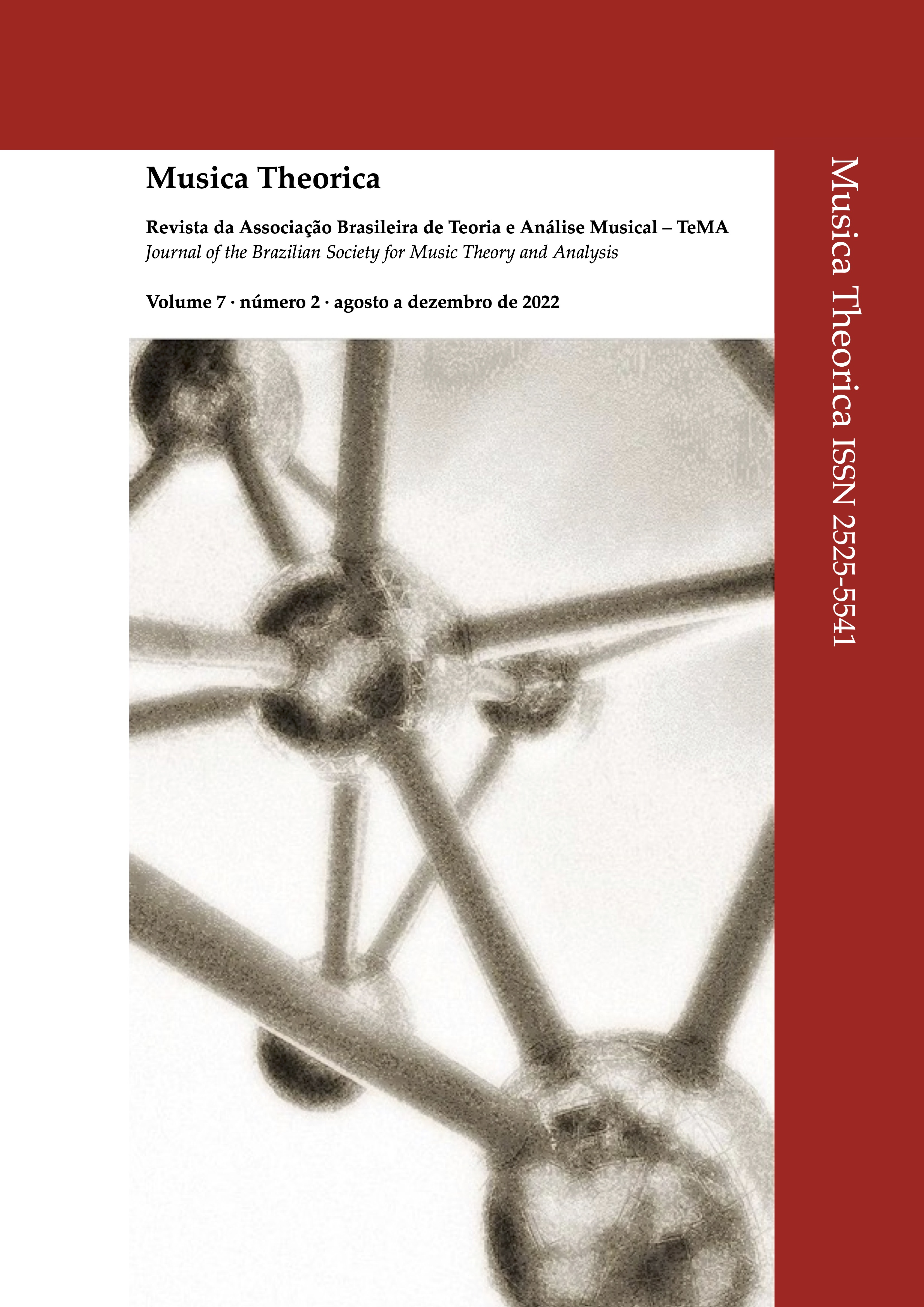Franz Liszt’s Early Formal Excursions
Toward Two-Dimensional Sonata Forms
DOI:
https://doi.org/10.52930/mt.v7i2.239Abstract
Franz Liszt reformulated the Classical sonata form by coalescing the structures of a single movement and a multimovement cycle into a two-dimensional sonata form. Most of his mature sonatas are constructed following this structure’s principles (e.g., the Piano Concertos in E-flat, S. 124, and in A, S. 125; the Piano Sonata in b, S. 178; and the symphonic poems Ce qu’on entend sur la montagne, S. 95, Tasso: Lamento e Trionfo, S. 96, Les preludes, S. 97, and Die Ideale, S. 106). As the first two-dimensional sonata, De Profundis: Psaume Instrumental marks Liszt’s early maturity, when he established the combination of formal paradigms necessary for the creation of this form. By conceptualizing and framing the required two-dimensional strategies (i.e., thematic transformation, frequent shifts in the musical discourse, progressive formal loosening, and formal incompleteness) in Liszt’s earliest Classical sonata forms (Duo, S. 127 and Malediction, S. 121), this study traces the compositional advent of the two-dimensional sonata produced in the 1830s. These analyses link the works of Liszt’s youth with his mature repertoire, a task so far neglected by the scholarly literature.
Downloads
Published
Issue
Section
License
Copyright (c) 2023 Heyner Francisco Rodriguez Solis

This work is licensed under a Creative Commons Attribution 4.0 International License.


